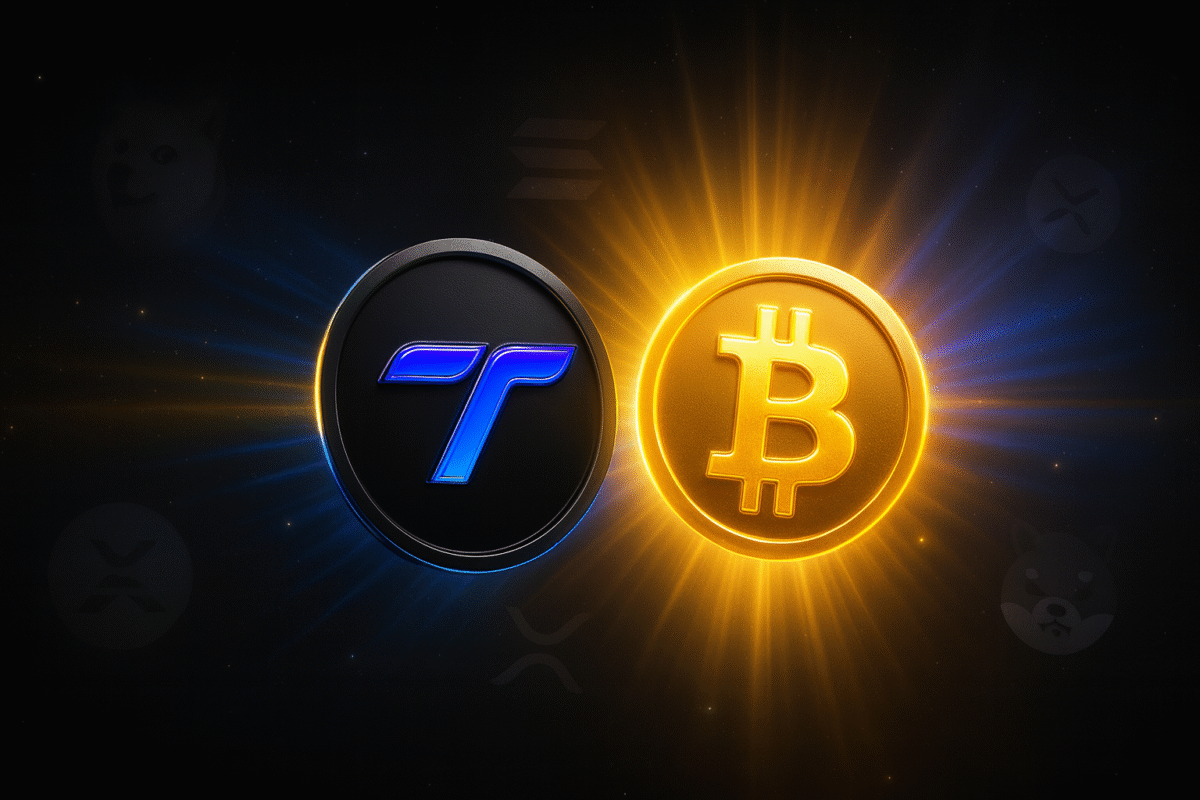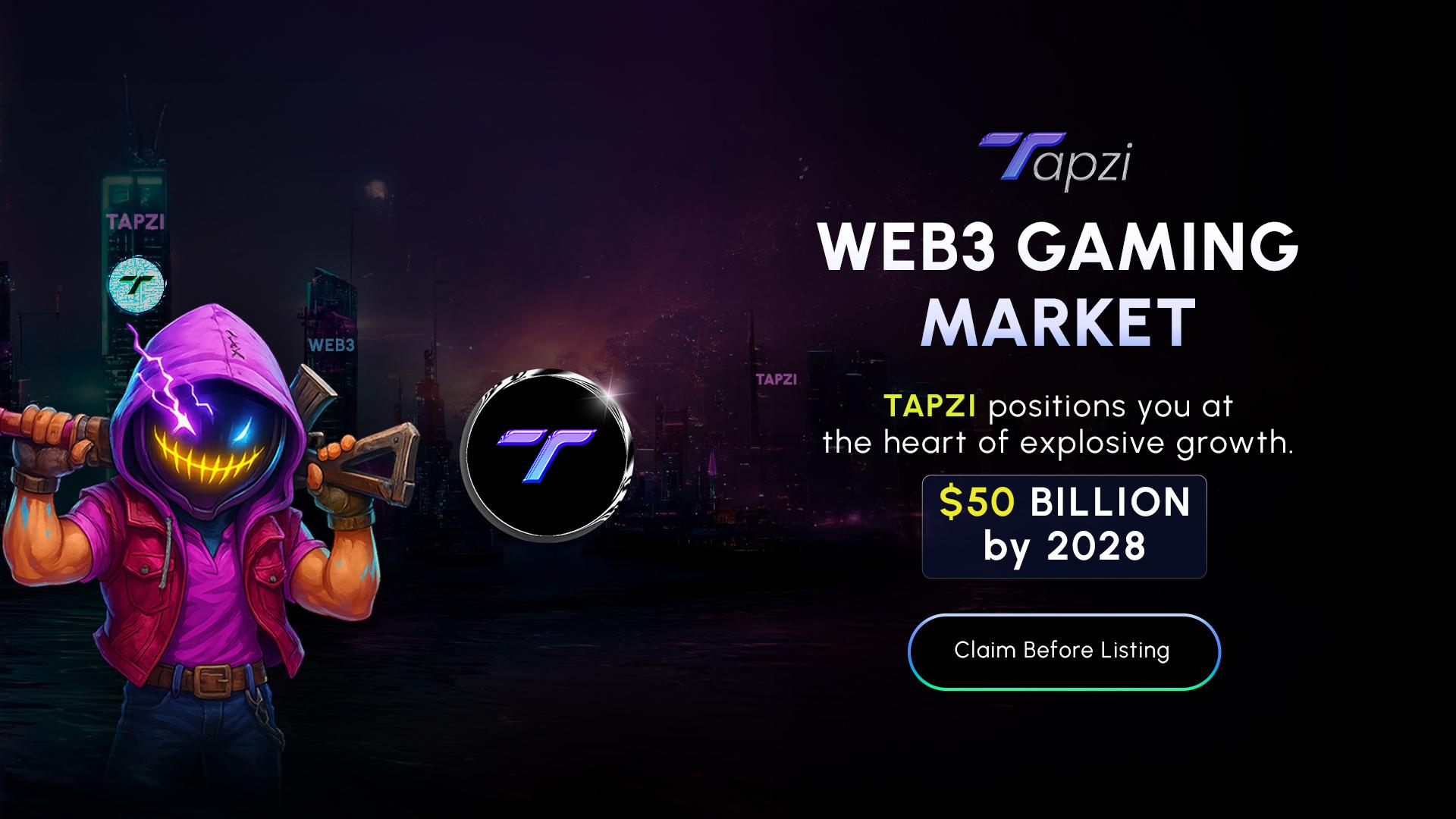Bitcoin (BTC) is trading at $114,817 today, consolidating just below the crucial $115,000–$116,000 resistance zone as markets await the U.S. Federal Reserve’s rate decision on September 17. Analysts attribute this surge to a confluence of macroeconomic conditions, technical signals, and institutional flows. Inflation data came in softer than expected, strengthening expectations of a Fed rate cut, which historically boosts risk assets like Bitcoin.
Adding to this momentum is the MACD golden cross formation, a rare technical signal last seen in April 2025, which preceded a 40% rally. Institutional inflows are also mounting, with spot Bitcoin ETFs recording nearly $2 billion in September alone. This reinforces the perception of Bitcoin as not just a speculative asset, but an emerging macro hedge with growing Wall Street adoption.
Historically, September has been a weak month for Bitcoin, yet this year it is defying trends with nearly 7% gains. Market structure data reveals that while whales offloaded over 116,000 BTC last month, mid-sized holders accumulated over 65,000 BTC, helping stabilize price levels above $110,000.
Bitcoin’s near-term resistance sits at $117,000, with bullish projections targeting $160,000–$200,000 by year-end if monetary easing aligns with technical momentum. Standard Chartered and Bernstein analysts remain among the most bullish, citing structural drivers that could extend Bitcoin’s rally into 2026. This broader environment of institutional adoption and favorable macro tailwinds is shifting investor appetite toward high-upside opportunities in crypto.
While Bitcoin dominates headlines, early-stage presales like Tapzi represent a parallel wave of innovation offering not just speculation but utility-driven ecosystems with long-term growth potential in sectors like Web3 gaming.
Risk Factors of Bitcoin
Despite the bullish outlook, Bitcoin’s rally is not without risks. The most immediate factor is the Federal Reserve’s policy decision. While a 25 basis point cut is priced in, a smaller-than-expected move or hints of slower easing could dampen sentiment and trigger profit-taking.
Whale distribution remains another concern. Although mid-sized whales accumulated over 65,000 BTC, large wallets have offloaded over $12 billion worth of Bitcoin in the past month. Such selling could create short-term volatility, especially if concentrated around resistance levels.
Additionally, Bitcoin remains vulnerable to seasonal patterns. September historically has been its weakest month, and while 2025 is defying that trend, any reversal could quickly erase gains. The options market also reflects elevated volatility, suggesting that traders are hedging against downside risks.
From a technical perspective, support at $114,000–$113,000 is critical. A sustained break below this zone could drag prices toward $107,000 or even the 200-day moving average near $105,000, which would challenge the current bullish narrative.
Lastly, broader macro risks from unexpected inflation spikes to geopolitical tensions could weigh on Bitcoin and risk assets in general. While the long-term trajectory remains bullish, investors must navigate these short-term uncertainties carefully.
Tapzi (TAPZI): Redefining Blockchain Gaming Through Skill and Fair Play
Tapzi is setting itself apart in the crowded blockchain gaming sector by delivering something the market has been missing: a fair, skill-driven platform where players earn based on ability, not speculation.
While many play-to-earn projects flooded the market with unsustainable tokenomics, Tapzi reinvents the model with its Skill-to-Earn system, rewarding players through competitive matches where prize pools are entirely player-funded.
From Presale to Moon – Will You Be Part of the 1000x Story?
Games on Tapzi, such as Chess, Checkers, and Rock-Paper-Scissors, are simple yet universally appealing, making onboarding effortless. Unlike typical Web3 projects that require complex wallets or lengthy setups, Tapzi focuses on seamless UX and fair competition.
Smart contracts govern every match, ensuring transparency in payouts, while anti-bot mechanisms safeguard competitive integrity. This emphasis on fairness makes Tapzi attractive not just to crypto investors but also to gamers who have been skeptical of Web3’s credibility. The timing couldn’t be better. Reports project the Web3 gaming market to hit $124 billion by 2032, driven by rising adoption of blockchain-backed entertainment and esports.
Tapzi aims to ride this wave with a roadmap that prioritizes real product delivery over hype. Starting with its playable demo in late 2025, the project will roll out token listings, competitive tournaments, NFT integrations, and eventually, a developer SDK to attract indie studios. What sets Tapzi apart is scalability. Unlike siloed GameFi projects, Tapzi’s SDK and ecosystem design allow third-party developers to integrate games into the platform, expanding beyond its initial lineup.
This makes Tapzi less of a single project and more of a Web3 gaming hub, blending entertainment with long-term token utility. For investors, Tapzi’s presale represents a rare chance to enter early into a sustainable Web3 economy, one that rewards both players and holders without falling into the inflationary traps of its predecessors.
Tapzi Token Utility: Creating a Self-Sustaining Web3 Economy
At the heart of Tapzi’s ecosystem lies the TAPZI token, designed with multi-layered utility to ensure both demand and sustainability. Unlike many GameFi tokens that inflate supply and collapse under selling pressure, TAPZI anchors its value to actual player activity. Every match, tournament, or NFT purchase requires TAPZI, embedding natural demand into the gaming economy.
For players, TAPZI unlocks the platform’s competitive ecosystem. Tokens are staked to enter matches, fueling player-funded prize pools. Winners are rewarded transparently, creating a play-and-earn loop that is skill-driven, not speculative.
Beyond matches, TAPZI grants access to premium tournaments, NFT cosmetics, and exclusive gameplay modes, making it more than just reward tokens; it’s an access key to the ecosystem.
For developers, TAPZI provides an economic layer that encourages innovation. The upcoming developer SDK will allow indie game studios to integrate directly into Tapzi’s infrastructure.
By doing so, developers can monetize their creations while players engage with fresh, community-driven titles, further boosting token utility.
Tokenomics also supports long-term stability. A portion of revenues from tournaments and in-game fees cycles back into staking incentives and liquidity pools, ensuring TAPZI remains attractive to both players and investors. This circular flow prevents the inflationary collapse that plagued earlier Web3 projects.
With presale tokens priced at just $0.0035 and a projected listing price of $0.01, early investors are staring at a potential 186% ROI at launch. Beyond short-term gains, Tapzi’s design positions TAPZI as a deflationary, high-demand token within a fast-growing market.
As the Web3 gaming sector accelerates, TAPZI isn’t just another token; it’s the foundation of a self-sustaining economy where entertainment, fairness, and investment intersect seamlessly.
Why Are Investors Watching Tapzi in the Post-Bitcoin Rally Era?
Bitcoin’s march toward the $160K–$200K zone has reignited investor interest across the crypto spectrum, but many are asking: What’s next after Bitcoin? For those seeking the following growth narrative, Tapzi has emerged as a standout presale bridging two explosive markets: Web3 gaming and esports.
Tapzi’s appeal lies in its scalability and fairness. Where Bitcoin represents digital gold, Tapzi represents the next frontier of blockchain adoption through entertainment.
Its fair-play model makes it accessible to millions of gamers worldwide, while its SDK and cross-chain roadmap provide an infrastructure that can grow into a global arcade of skill-based Web3 titles.
This combination of scalability and accessibility is what makes Tapzi a compelling choice for both retail investors and institutional players looking for diversification.
Investors are particularly drawn to Tapzi because it addresses a market gap.
Most gaming tokens struggle with inflation, while Tapzi’s player-funded prize pools create self-sustaining demand. This model, combined with token utility across tournaments, NFTs, and developer integration, ensures that TAPZI’s growth isn’t just speculative; it’s backed by real usage.
Moreover, Tapzi is aligning itself with esports trends. Global esports revenue is projected to hit $4.3 billion by 2030, and Tapzi’s tournament system positions it to tap into this audience. Add multilingual support and planned global tournaments, and Tapzi is poised for mass-market reach, not just niche adoption.
For investors riding the wave of Bitcoin’s surge, Tapzi offers a parallel entry point into the next big cycle of blockchain growth. While Bitcoin dominates headlines, Tapzi could be the underdog that delivers exponential returns, powered not by hype, but by utility and entertainment that scale globally.
Conclusion: Best Crypto To Buy Now
Bitcoin’s surge toward the $160K–$200K target underscores the strength of institutional adoption and macro tailwinds, but it also reminds investors to seek parallel growth stories beyond BTC. That’s where Tapzi shines; positioning itself not just as another presale, but as a Web3 gaming hub with real utility, scalable tokenomics, and mass-market appeal.
While Bitcoin represents digital gold, Tapzi represents the next wave of blockchain adoption through entertainment and fair competition.
For investors aiming to diversify into high-upside opportunities, Tapzi’s presale offers both early ROI potential and long-term sustainability, making it one of 2025’s most compelling picks.
Disclaimer: This media platform provides the content of this article on an "as-is" basis, without any warranties or representations of any kind, express or implied. We assume no responsibility for any inaccuracies, errors, or omissions. We do not assume any responsibility or liability for the accuracy, content, images, videos, licenses, completeness, legality, or reliability of the information presented herein. Any concerns, complaints, or copyright issues related to this article should be directed to the content provider mentioned above.









